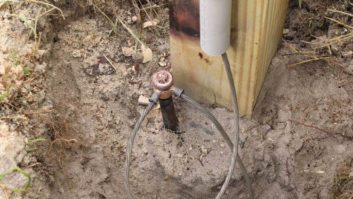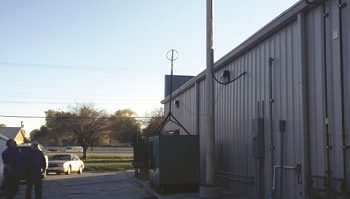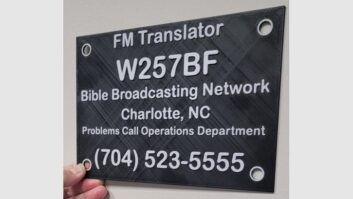We’ve received good feedback and a couple of questions regarding Wayne Eckert’s submission on grounding wooden poles used to support STL antennas, described in the Workbench column in the Nov. 25 issue. (Like all recent issues of Radio World, you can access it online at radioworld.com/digital-editions.)
You’ll recall that Wayne is an engineer with the Rural Florida Communications Cooperative, so he’s had a bit of experience in bonding and grounding to reduce lightning damage.
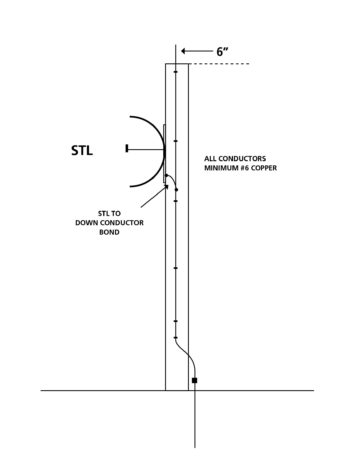
He told us last time about an AT&T document “Grounding and Bonding for Network Facilities.” It’s on the website https://ebiznet.att.com/sbcnebs/. Much of the document is applicable to broadcast sites and studios.
Fig. 1 is Wayne’s diagram detailing the bonding of an STL antenna to a down ground. Note that the bond sweeps down from the antenna to the grounding conductor.
In answer to the first question we got, yes, the down ground wire does extend above the pole by about 6 inches to a foot. This “pigtail” conductor then is sticking up from the pole.
The down ground cable is typically #6 hard-drawn copper, solid or stranded. Yes, all pole attachments should be connected to the down ground cable using silver solder and short sections of the same #6 gauge cable.
These short grounding cables, attached to the mounted structures can be connected to the down ground using a C-Tap crimp lug (Fig. 2). If the installer doesn’t have crimping tools and dies, the connection can be made with silver solder.
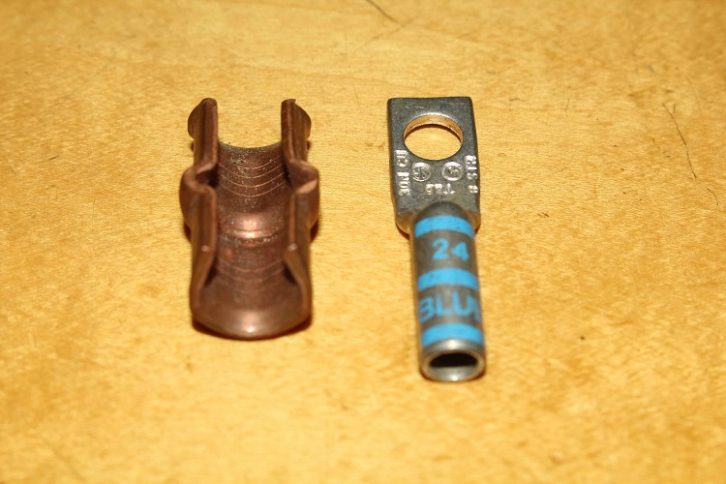
Silver solder should be used for all RF and grounding connections — 60/40 tin/lead solder will melt under the heat of a lightning strike given that its melting point is only 360 degrees Fahrenheit. Silver solder’s melting point is above 1,000 degrees.
Strong adhesive
You may have gone to the dentist and received a filling made of a composite resin, a mixture of plastic and glass or quartz. It’s applied in layers, with each layer cured using an ultraviolet light.
A similar liquid plastic adhesive that uses UV light is available for consumer use. Bondic is ultra-strong and unlike super glues is not messy.
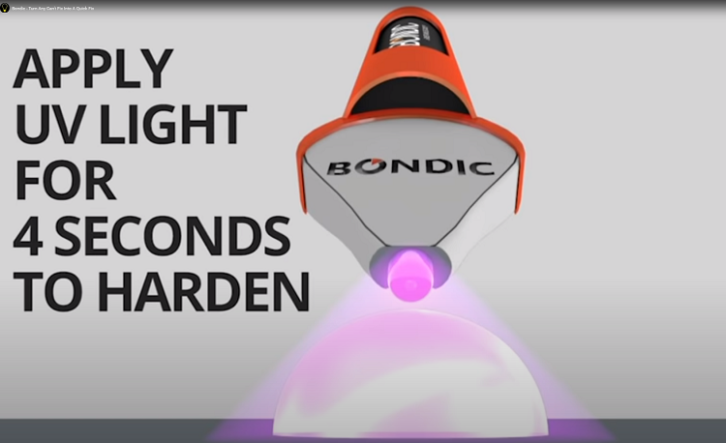
Each Bondic kit includes a special dual-purpose pen. One end dispenses the liquid plastic, the other consists of a UV LED used to cure the bonding material. So this is not really a glue but rather a liquid plastic which, when activated by the UV light, welds the pieces together.
The bond is waterproof, and (should you wish to repair a coffee cup handle) it’s dishwasher safe. Another plus: Unlike glues that eventually dry out in the tube, Bondic stays wet until it is cured by the UV light.
Bondic can be used not only to bond two items but to fill in chips or cracks in metal, wood, plastic, ceramic or glass. One typical use is to repair broken insulation on a smartphone charging cable.
In addition to the starter kit, refill tubes of the Bondic liquid are available. Search Bondic on Amazon or visit getbondic.io.
Guy insulators
Professional Engineer Charles “Buc” Fitch writes that he was quite surprised to find out that Preformed Products, the folks who make all those guy wire grips and associated mounts for towers, also manufactures fiberglass guy wire insulators. Buc says they offer a full line of ceramic insulators as well as fiberglass guy strain insulators. Visit www.preformed.com.
Buc points out the importance of using isolating guy wires with these fiberglass extensions near an FM antenna, as the steel guys can cause FM signal distortion.in nearfield positions. Visit the Preformed site, you’ll be amazed at their varied products.
Classic mic repair
Dan Slentz is always finding entertaining or educational subjects on the web and often shares with Workbench readers. His latest submission is both entertaining and educational.
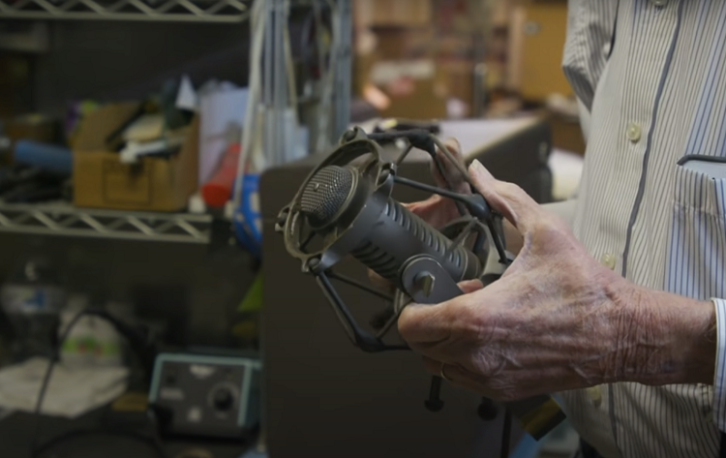
Clarence Kane is the owner of ENAK Microphone Repair (ENAK is Kane spelled backward!). He was born in 1926 and got interested in electronics while in the service. Afterwards he attended the Radio Electronics Institute and went to work at RCA, where he worked for 33 years, mostly repairing microphones.
Radio World’s James O’Neal wrote about him in Radio World in 2010. His company continues that service, and he’s the last remaining RCA employee still servicing microphones.
Dan points us to this 12-minute mini documentary video about him on YouTube.
John Bisset has spent more than 50 years in broadcasting and recently began his 31st year writing Workbench. He handles western U.S. radio sales for the Telos Alliance. He holds CPBE certification with the Society of Broadcast Engineers. He is also a past recipient of the SBE’s Educator of the Year Award.
Workbench submissions are encouraged, qualify for SBE Recertification and can be emailed to [email protected].
